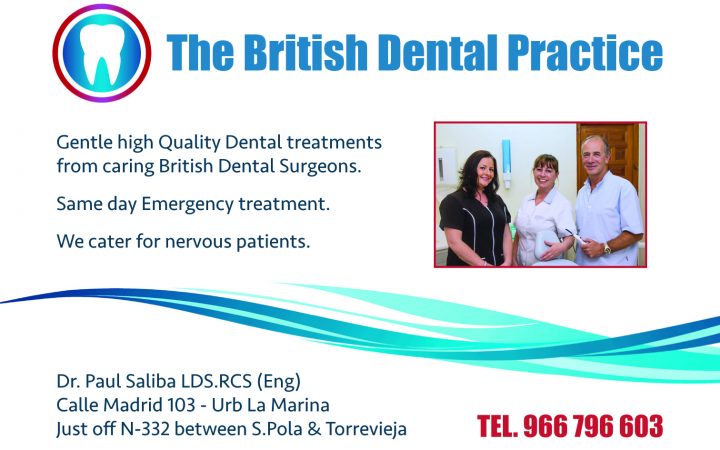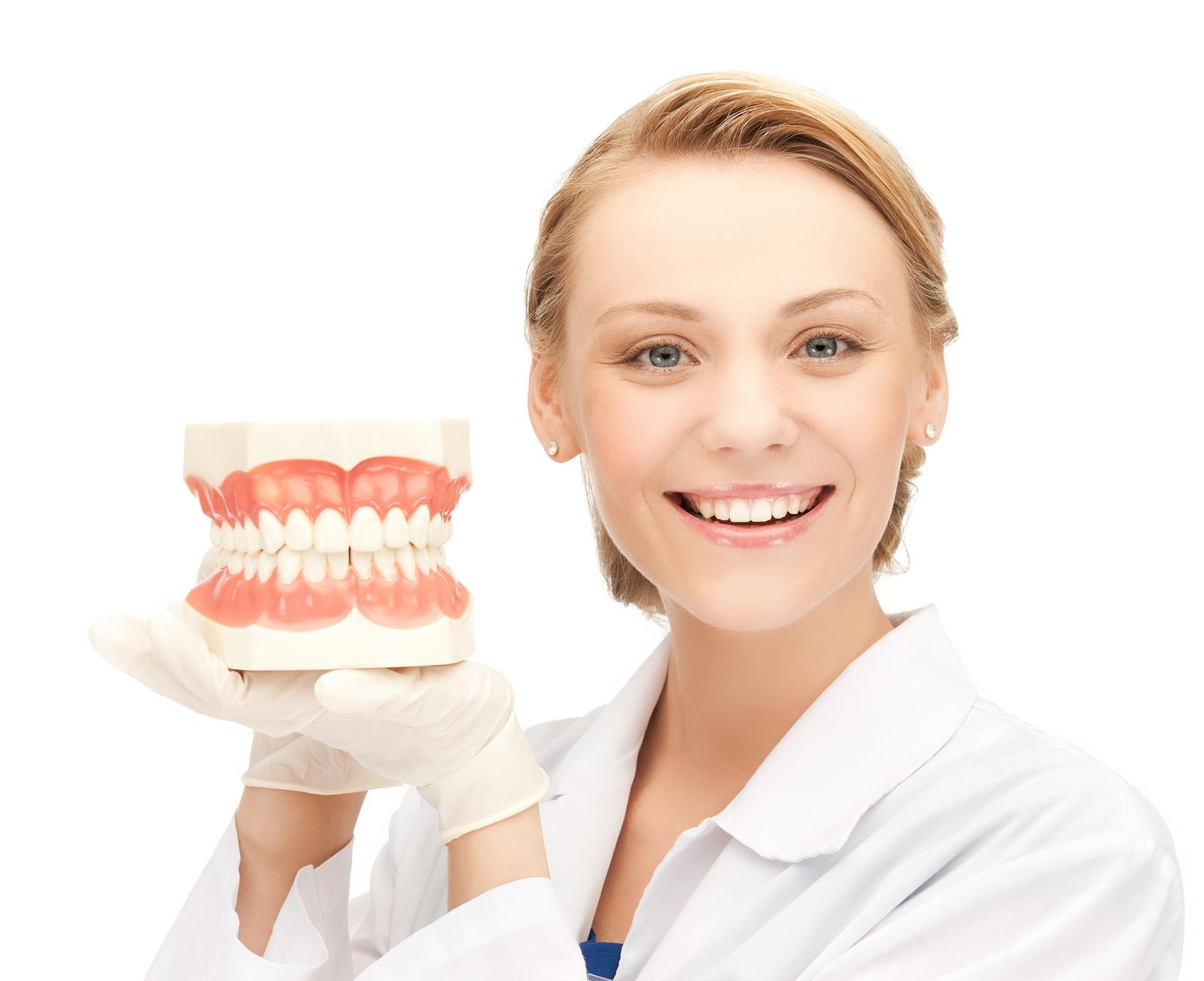As a dentist I will always try to save a tooth whenever possible. Nevertheless there are times when this is not possible and teeth do have to be removed. A gap in the dentition can be unsightly (with anterior teeth) and also upset the occlusion making chewing food difficult and possibly causing other problems such as headaches and mandibular joint pain. It is possible to replace teeth with either removable (dentures) or fixed appliances (bridges or implants).
Dentures can be of three main materials: all Acrylic (plastic), Metal-framed or Flexible (a relatively new addition). When all or most of the teeth in an arch are missing, acrylic is the most commonly used material. It has the advantage of being light, easy to adjust and relatively cheap. Its disadvantage is that it is not as strong as metal thus more likely to break and needs to be thicker than the equivalent metal denture. As plastic does not transmit heat; warm food can taste far more bland with plastic dentures.
Metal based dentures can be used in most cases but are particularly advantageous where there are several teeth still present. They are usually designed to grip the existing teeth and can be far smaller and less intrusive than acrylic dentures. They are less likely to break although the teeth and gums are still plastic (not many people would like metal teeth) and this part can be vulnerable.
Flexible dentures are constructed of a form of acrylic with rubber-like properties. They are very comfortable; stay fixed in the mouth without the need of metal clasps and can be smaller than conventional acrylic dentures.
Whether you need dentures for the first time or are seeking a replacement for an old set make sure you ask your dentist to discuss the various options available. I will discuss fixed replacement solutions in a future article.
Dr.Paul Saliba




